This Lockdown Life has kept us all at home. And while we all long for the great outdoors and road trips into the country, we are spending more time in our gardens, sitting in our courtyards or out on our balconies. The need to nurture ourselves by surrounding ourselves with nature, even bringing plants indoors to cheer us up, is a very real human need.
Creating that connection to the natural world has got us examining our properties and finding ways to make the best of our outside spaces, no matter how small. So many questions have been raised, and, thanks to Purple Turtle Concepts and Indigo Landscapes, two experienced members of The Landscape Guild of SA, we’ve got the answers for you.
Q: We have a TINY paved courtyard. What’s the best way to turn it into a garden?
A: One way to turn a small enclosed space into a garden is to bring in pots of various and interesting shapes and sizes. Another way is to make use of the walls themselves. Mount trellises and let a potted climber make that its new home. You can also mount small pots and/or narrow troughs directly onto the wall. Just make sure the water is directed away from the wall itself. Pave the centre with a non-slip tile or paver, and then create small flowerbeds around the paved area. If your budget allows, you can splurge on a fancy vertical garden system.
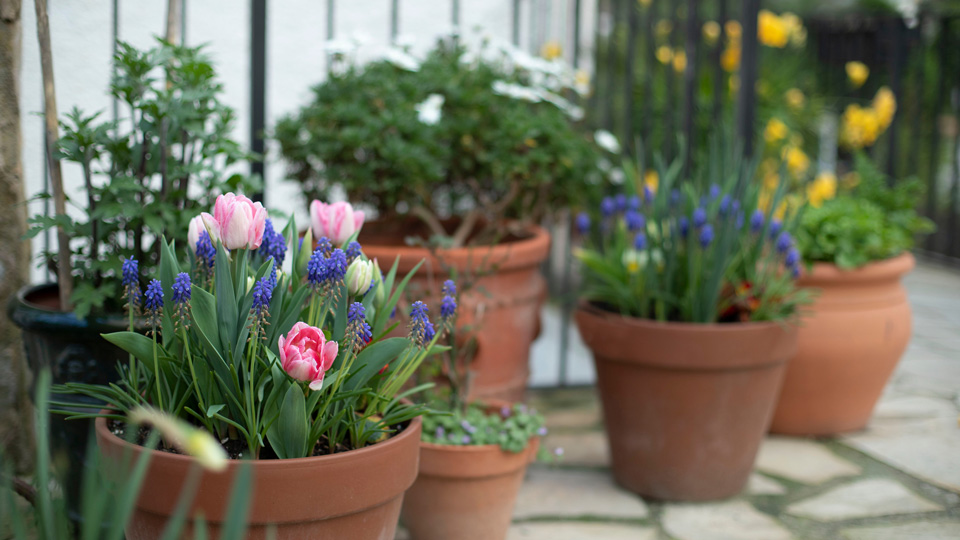
Q: How can I make my small garden look bigger?
A: Why not try tocreate a ‘view’ out of this space, by placing emphasis on a distant tree or other feature. The use of mirrors also helps extend the space. Depending on the size of the garden, simply use 45° angled lines to orientate your lawn, beds or seating areas. Make sure trees and shrubs are not overcrowding the space and allow breathing space under them - don’t use dense plants. Keep the space clutter-free in terms of physical items, like chairs, and limit how many materials and finishes are used.
Q: How do I create a balcony garden?
A: Balcony gardens take a lot of strain with the weather. Use waterwise plants like sedums and succulents. Add a water retention additive to the soil. Check where the closest water supply is. Depending on the space, several pots can be arranged, or else, use long troughs along the walls. Consider using planters that hook on to the outside of the railing – this will give you clever planting space without eating into the limited balcony area. Hanging baskets are another space-friendly idea, as are wall trellises, which you can place behind a potted climbing plant.
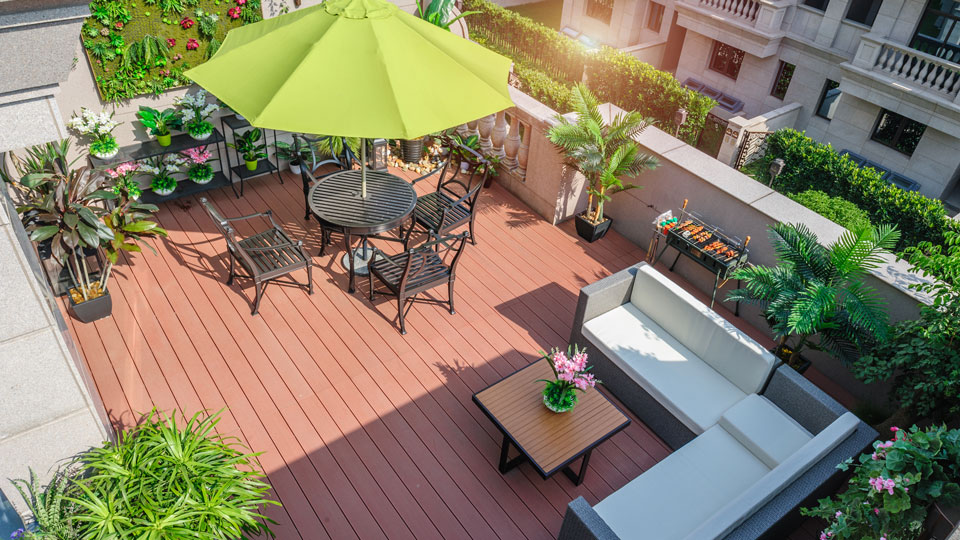
Q: We have an old swimming pool that we never use. Can we repurpose it?
An empty pool’s walls can form the basis of sunken fire pit or seating area. You create tremendous interest with this kind of level change in a garden. Just be sure to remove enough of the pool floor to allow rainwater to escape. If it’s a very small pool, consider turning it into a water feature, a bog garden or pond. Then you could also consider the latest trend: turning your swimming pool into a natural swimming pond! There are a number of crucial steps to take in order to achieve all these ideas, so don’t attempt any of them on your own. Hire an experienced person to help.
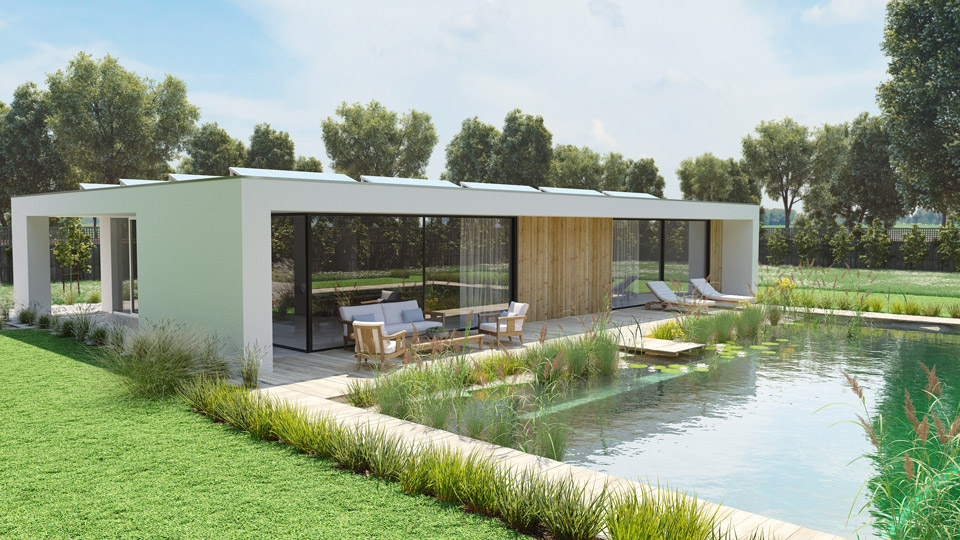
Q: What does ‘companion planting’ mean?
Companion planting means planting two or more different plants together to allow them to benefit from each other. Certain plants attract pests and insects; if these are planted, say next to roses, the theory is that the bugs go to these plants and not to your roses. Some plants will give an added flavour to others e.g. tomatoes and basil planted together. Your local nursery will help you make the decision about which plants you want to ‘share a bed’.
Q: We have a very big garden, mostly lawn. How can we “break it up” to make the space more interesting?
Split the garden into sections which lead to each other. If you have a shady tree in the garden, add a cement circle below and make it a seating area. Hedges (high or low) can be planted around an area which could be converted into a children’s play area or a fire pit. Consider adding a pond (or a ‘bog garden’ in a wet corner) and bring in wild nature. Another way to reduce the lawn is by making your planting beds much bigger. How about a tranquil reading nook: place a bench under the trees or a pergola (which you can grow a climber over for more privacy). If you’re really adventurous, create a hedge division with a hidden space behind it, where an eye-catching statue or other feature awaits to delight you.
Q: My house is on a steep hillside. How can I make a garden on a slope?
Create terraces. Pockets of soil can be built up using rocks. There are materials available which you peg onto the slope and cut holes in for plants. This gives the plants time to take hold. In between the terraces on the flat spaces, you can create small lawn sections.
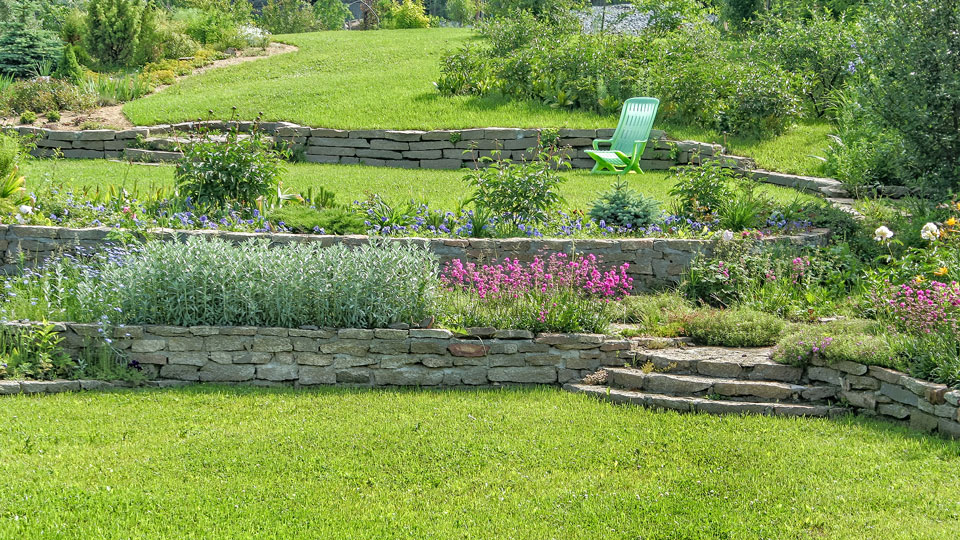
Q: We are quite spiritual and want to transform our garden into a contemplation space. Any ideas?
A mediation garden should inspire all the senses, especially smell, touch and sight. Start with fragrant plants. Hedges ensure privacy or ‘escape’. Place a bench behind the hedge, and perhaps a significant statue to meditate on. Use meandering paths through large garden beds to stroll through to clear your mind; maybe these can lead to the private space you’ve created. Incorporate running water or a fountain into the garden. The sound of water is very soothing and drowns out the noise pollution of the crazy world around you. Think ambient lighting for night time strolls.
Q: A major renovation has RUINED our garden. How do we start from scratch?
This is a job for a landscaper! Every bit of rubble must be removed. After that, the soil needs to be fed with compost and fertilizers. Only then can you start planting again.
Q: What is a grey water system and how does it work?
Grey water is water from the bath and shower. Simply lead the water from the bathroom to the garden with a hose and pump. Move the hose so that same area does not get the bath water all the time. There are suppliers who sell a kit for the grey water system, which is easy to install. NB. Do not use kitchen waste water.
Q: We live next to the beach so our garden is very sandy. How can we make the best of it?
Sneaky answer: Check which plants grow well in the neighbouring gardens… and copy them! Visit your local nursery and enquire about the best plants to use in your particular coastal region. South Africa has an abundance of indigenous coastal plants begging to be used to make your garden stunning.
Q: We’ve moved into a nice old property but the garden is clogged with overgrown plants. Do we throw out and start again?
Don’t throw plants out unless they are dead, diseased, weeds or ‘invaders’.. Now you’re ready to work on the rest of the collection. Select the ones you like the most. Gift the others to friends (or charities with empty gardens). Thin out any overgrown groundcovers and creepers just to clean up the space a bit more. Now start fixing up the look and feel. Perhaps consider consulting a landscaper to come and have a look, to help you decide on a proper course of action.
Q: What’s the kindest way to deal with a rat problem?
If you have ivy growing in your garden then we recommend that you remove it, because it is a rat magnet! Otherwise, make sure they do not have access to your pet’s food, bird feeders, aviaries or your house. Tempt local owls to your property by installing an owl box. Another option is to contact your local owl or raptor sanctuary. They may be able to provide you with traps that catch the rats alive; they will come remove the rats to use as food for their rescued and rehabilitating owls, eagles and hawks.
Q: What do we do with tree roots that are starting to lift our driveway?
This happened because the wrong tree was planted in the wrong position. You will have to decide if you’d rather change the material of the driveway or remove the tree. Chopping the roots is risky, because it is a temporary solution and it may also affect the health and stability of the tree.
Q: Our garden is marshy. How can we make the best of it?
Plant some of South Africa’s beautiful indigenous bog plants like Zantedeschias, Elegia tectorums, Juncus, Crinums or Kniphofias to really make the area lush and colourful; all these plants will invite some wonderful birdlife into your garden.
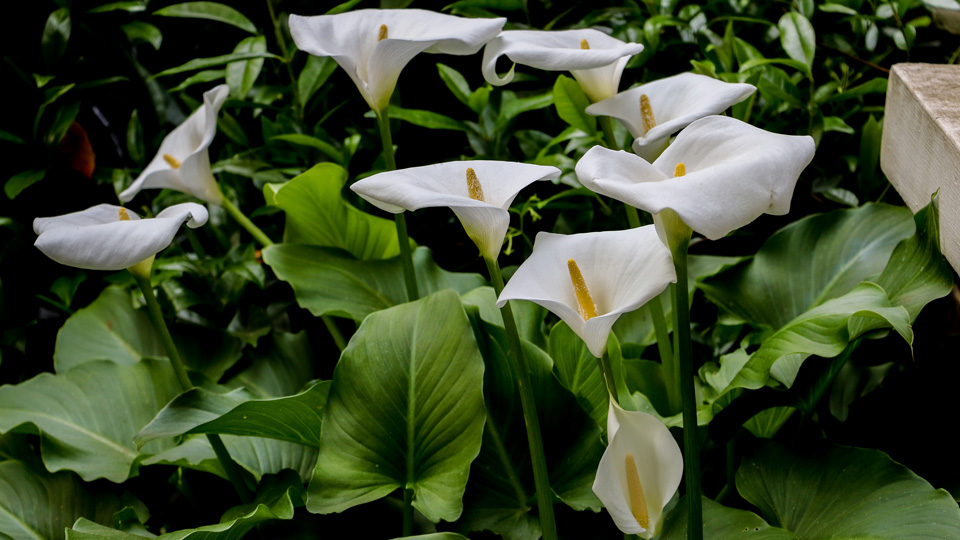
Q: We want to plant trees in our empty garden. How far away from the wall should we plant them?
It really depends on the tree. Some trees can be planted as close 500mm from the wall; others you need to keep far away from anything structural because they get very big and will break the wall or crack foundations. It’s best to consult someone knowledgeable at a nursery and inform them of where you would like to plant the tree and what challenges may be present.
Q: Our twins have started toddling. We want them to enjoy the garden, but need to ensure everything is “edible”. Can you help?
Unfortunately, many plants are not suitable for eating: some have an irritant in their sap to defend themselves, while others are downright poisonous. We would advise keeping “safer” plants closer to the fronts of beds where they are likely to get hold of them more easily; leave the more dangerous plants for the back of the beds, out of reach. Consult a knowledgeable professional at your local nursery: you’d be surprised how many beautiful plants can be a danger.
Even better, consider designating a specific part of the garden for your toddlers where you can use sensory and edible plants for them to ‘explore’ until they are old enough to know better. Once again, your nursery specialist will advise.
Our thanks to Landscape Guild SA members Purple Turtle Concepts and Indigo Landscapes who provided so much useful advice. If you have a problem garden, or a difficult outdoor question, or if you need help finding and then expressing your garden style, The Landscape Guild SA is your one stop gardening spot. We’re proud to have them as our partners in the world of beautiful living.














































































































































































































































































Validate your login